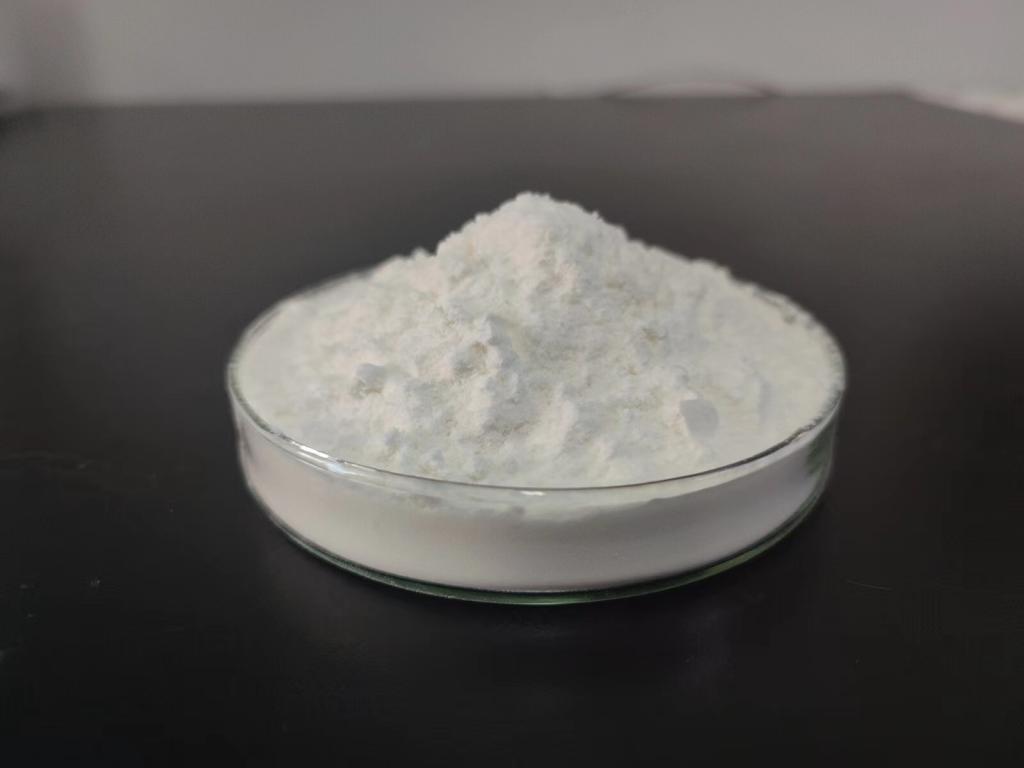Tel:0086 18231198596

News
Current Position:
Home >
News
>ε-Polylysine Hydrochloride Navigating Regulatory Considerations in Food Industry.
ε-Polylysine Hydrochloride Navigating Regulatory Considerations in Food Industry.
TIME:2023-11-10
I. ε-Polylysine Hydrochloride: An Overview
Introduction to ε-Polylysine
ε-Polylysine is a naturally occurring antimicrobial peptide produced by specific strains of Streptomyces albulus. It has a long history of safe use in the food industry as a preservative and antimicrobial agent.
Mechanism of Action
ε-Polylysine hydrochloride exerts its antimicrobial properties by disrupting the cell membranes of microorganisms. This mechanism is effective against a broad spectrum of pathogens, including bacteria, fungi, and some viruses.
Safety Profile
One of the significant advantages of ε-polylysine is its safety profile. It is considered safe for human consumption, with no observed toxic effects, and is non-allergenic.
Biodegradability
ε-Polylysine is biodegradable, which means it can break down into non-harmful compounds, reducing its environmental impact and supporting sustainability in the food industry.
II. Regulatory Approvals and Considerations
US Food and Drug Administration (FDA)
In the United States, ε-polylysine hydrochloride has received Generally Recognized as Safe (GRAS) status from the FDA. This designation recognizes its safety for use in food products.
European Food Safety Authority (EFSA)
In the European Union, the EFSA has evaluated the safety of ε-polylysine hydrochloride and established acceptable daily intake (ADI) levels, supporting its use as a food additive.
Codex Alimentarius
The Codex Alimentarius, an international food standards body, has established guidelines and maximum residue limits for ε-polylysine in food products.
III. Safety Assessments and Toxicological Studies
Extensive Safety Assessment
Before regulatory approvals, extensive toxicological studies are conducted to assess the safety of ε-polylysine hydrochloride. These studies include acute and chronic toxicity tests, genotoxicity assessments, and allergenicity evaluations.
Non-Toxicity
ε-Polylysine has demonstrated non-toxicity even at high doses, reinforcing its safety for human consumption.
Absence of Allergenicity
The absence of allergenicity is a critical factor in assessing the safety of ε-polylysine, as it ensures that the peptide does not induce allergic reactions.
IV. Global Harmonization
Regulatory Divergence
While ε-polylysine hydrochloride has gained regulatory approvals in various countries and regions, there is still a level of regulatory divergence in terms of permissible uses, maximum levels, and labeling requirements.
Challenges of Global Trade
Divergent regulations can pose challenges for global trade in food products containing ε-polylysine. Alignment and harmonization of regulations can facilitate international commerce.
Harmonization Initiatives
Efforts are underway to harmonize regulations for ε-polylysine hydrochloride and other food additives to promote consistency and facilitate global trade while ensuring food safety.
V. Applications in the Food Industry
Food Preservation
ε-Polylysine is employed as a natural preservative in various food products, such as dairy, meat, and bakery items, to extend their shelf life by inhibiting the growth of spoilage microorganisms.
Clean Label Solutions
The demand for clean label ingredients has prompted the use of ε-polylysine as a natural alternative to chemical preservatives, aligning with consumer preferences for recognizable and minimalistic ingredient lists.
Biodegradable Preservation
The biodegradability of ε-polylysine contributes to environmentally friendly food preservation, reducing the environmental impact of food production.
VI. Future Prospects
Expanding Applications
The future of ε-polylysine hydrochloride in the food industry holds promise for further expanding its applications, including potential uses in beverages, confectionery, and convenience foods.
Sustainable Production
Efforts to enhance the sustainability of ε-polylysine production, such as using renewable resources and minimizing waste, are expected to continue.
Regulatory Alignment
Continued efforts toward regulatory alignment and global harmonization will facilitate the international trade of food products containing ε-polylysine hydrochloride.
VII. Conclusion
ε-Polylysine hydrochloride's role in the food industry is of paramount importance as it offers a natural and effective solution for food preservation and safety. Regulatory considerations play a pivotal role in ensuring the safe use of this natural antimicrobial agent. With its established safety profile, extensive toxicological assessments, and global regulatory approvals, ε-polylysine is well-positioned to contribute to a safer and more sustainable food supply. The ongoing efforts to harmonize regulations and expand its applications underscore its potential to meet the evolving needs of the food industry while addressing consumer demands for clean label, safe, and environmentally responsible food products.

 CONTACT
CONTACT




